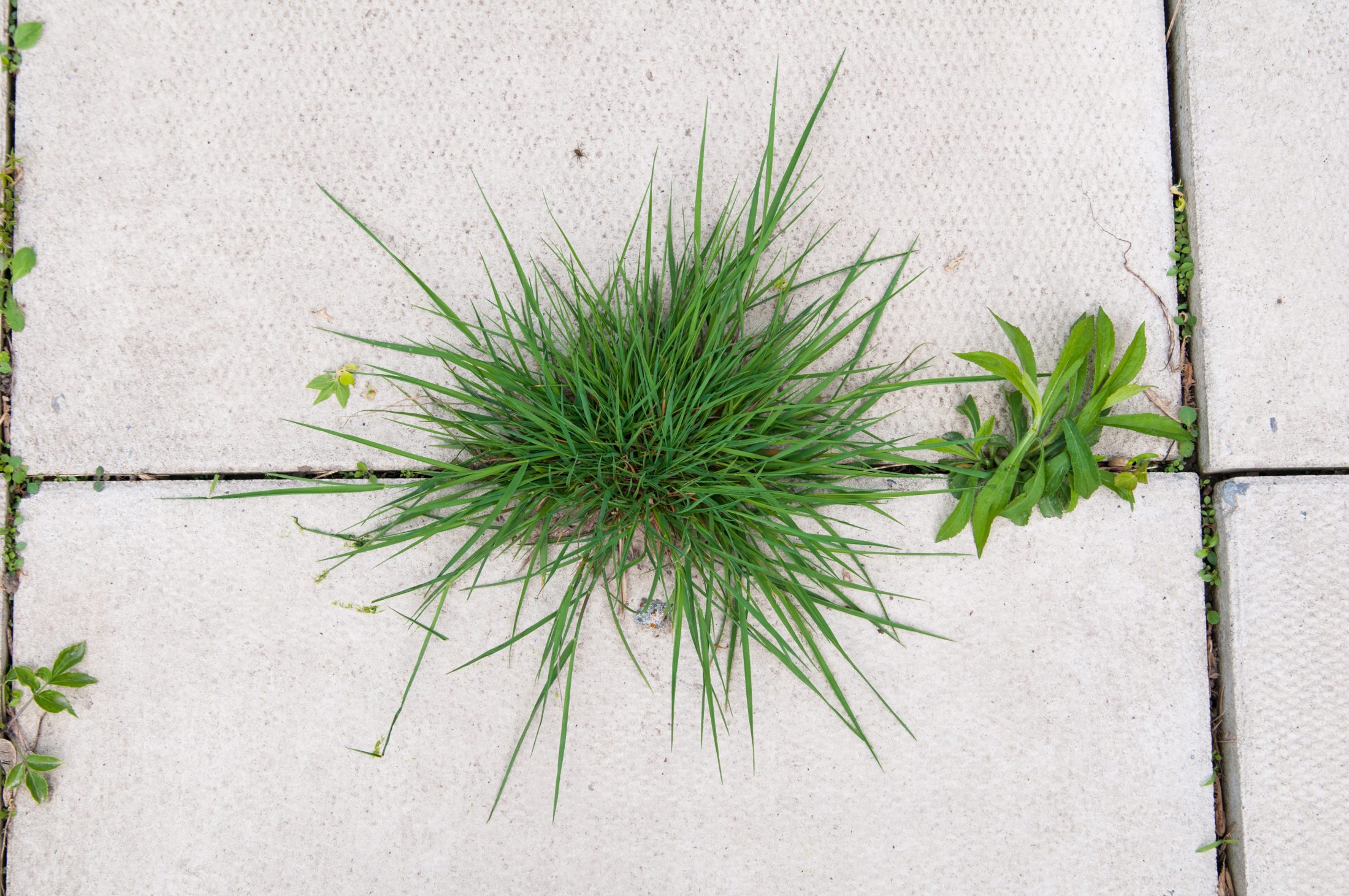What is crabgrass and why is it so difficult to get rid of? Crabgrass is a low-growing weed that can produce many stems, resembling the legs you would see on a crab growing horizontally. Crabgrass, scientifically known as Digitaria, is a persistent and unwelcome intruder that can quickly take over commercial properties, undermining the aesthetics and health of lawns and landscapes. Its rapid growth, resilience, and ability to spread easily make it a challenging weed to control. It is important to know the characteristics of crabgrass, understand its life cycle, and explore effective strategies to prevent its invasion and keep your commercial properties free from this troublesome plant.
What is Crabgrass?
Crabgrass is an annual weed that thrives in warm-season grasses and can be found in a variety of settings. Crabgrass starts to germinate from overwintered seeds at 55 degrees Fahrenheit and will continue to germinate as the temperatures warm. You will notice it growing faster near sidewalks or cracks in the road as those areas conduct heat. This grass really begins to thrive in the summer months, as it doesn’t need much water to survive and enjoys the hot weather. Crabgrass is also very rigid, meaning it will not easily break or split apart because of this it can continue to grow throughout the summer months with little threat of being injured. At maturity, it can get up to 3 feet wide!
Life Cycle of Crabgrass
To effectively combat crabgrass, it’s important to understand its life cycle. Crabgrass germinates from seeds in the spring when soil temperatures reach around 55-60°F (13-16°C). As temperatures rise, the seeds sprout and develop into seedlings. By early summer, crabgrass establishes itself with sprawling growth and forms a thick, dense mat. Throughout the summer, it produces seed heads and matures, scattering thousands of seeds that will lie dormant until the following spring, restarting the cycle.
Preventing Crabgrass Invasion on Commercial Properties
One of the best defenses against crabgrass invasion is to maintain a healthy and vigorous lawn. A dense and well-maintained turf provides little opportunity for crabgrass seeds to penetrate and germinate. Implement a regular lawn care routine that includes proper mowing, adequate watering, and appropriate fertilization to encourage robust grass growth. The following practices will also help you keep crabgrass from taking over.
Timing is Crucial
Timing is critical when it comes to crabgrass prevention. Apply pre-emergent herbicides in early spring, just before the soil temperatures reach the threshold for crabgrass germination. These herbicides create a barrier on the soil surface, preventing crabgrass seeds from sprouting. Be sure to follow the product instructions carefully to ensure effective application and proper timing.
Proper Irrigation Practices
Crabgrass thrives in dry and stressed lawns, so it’s essential to implement proper irrigation practices. Water deeply and infrequently to encourage deep root growth in your turfgrass, making it more resilient and less susceptible to weed invasion. Avoid frequent, shallow watering, as it promotes shallow root growth and creates favorable conditions for crabgrass to flourish.
RELATED: Turf Care: The Benefits of Adopting a Well-Rounded Turf Care Program
Optimal Mowing Techniques
Proper mowing techniques can help suppress crabgrass growth. Set your mower blade at the appropriate height for your specific turfgrass species, ensuring you do not cut it too short. Taller grass shades the soil, preventing crabgrass seeds from receiving the sunlight they need to germinate. Additionally, regularly sharpen your mower blades to ensure clean cuts, reducing stress on your lawn.
Implement Integrated Weed Management
Adopting an integrated weed management approach can help control crabgrass on commercial properties. This approach combines multiple strategies, including chemical controls and manual removal, to effectively suppress weed growth. Regularly inspect your lawn and manually remove any crabgrass that manages to sprout before it matures and produces seeds.
Let the Professionals at Chapel Valley Take Care of Unwanted Crabgrass
Crabgrass can quickly become a nuisance on commercial properties, but with proactive measures and diligent maintenance, it can be controlled. Consider hiring professional landscape maintenance services for your property. Experienced landscapers have the knowledge and expertise to identify and control crabgrass effectively. They can tailor a maintenance plan specific to your property’s needs, including proper fertilization, herbicide applications, and ongoing monitoring to prevent crabgrass from taking over. If you are noticing crabgrass in your landscaped areas, request a consultation with Chapel Valley. We can help prevent this weed from taking over.

